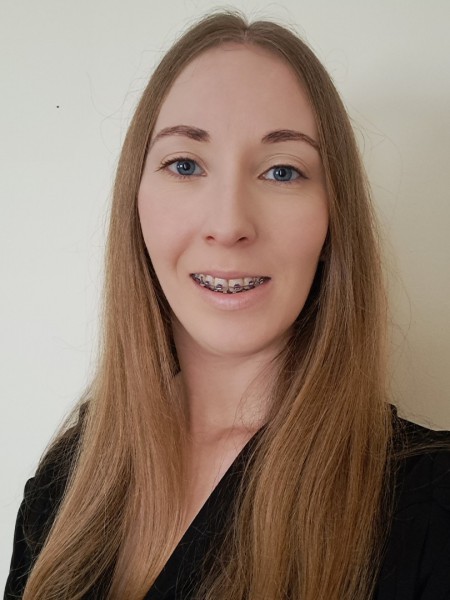resumo
Mesostructured solid acid catalysts based on the BEA topology were explored for olefin oligomerisation, which is an attractive synthetic route to produce clean, sulfur-free fuels or fuel additives with reduced aromatics content. Specifically, the oligomerisation of 1-butene, which may derive from (non-)renewable sources, was performed under high pressure and continuous-flow operation. The mesostructured catalysts consisted of a hierarchical zeotype (BEA-hier) synthesized by a one-pot approach using a dual-function template and, on the other hand, a composite (BEA/TUD) possessing zeolite nanocrystallites embedded in a mesoporous matrix synthesised under hydrothermal conditions. The influence of the material properties, catalyst activation temperature and reaction parameters were investigated by combining characterisation, two-dimensional gas chromatography combined with time-of-flight mass spectrometry (ToFMS) studies, and catalytic studies. The catalytic performances were compared to those of commercial nano/microcrystalline zeolites of different topologies and COD-900 (type of catalyst for the conversion of olefins to distillates process). BEA-hier performed superiorly in terms of conversion and space-time yields to diesel cut products.
palavras-chave
HIERARCHICAL MESOPOROUS ZEOLITES; FISCHER-TROPSCH; AL-27 MAS; ALKENE OLIGOMERIZATION; ACID PROPERTIES; BETA-ZEOLITE; DIESEL FUELS; H-BETA; ISOBUTENE; NMR
categoria
Chemistry
autores
Silva, AF; Fernandes, A; Neves, P; Antunes, MM; Rocha, SM; Ribeiro, MF; Silva, CM; Valente, AA
nossos autores
agradecimentos
This work was developed in the scope of the project (Associate Laboratory) CICECO Aveiro Institute of Materials-POCI-01-0145-FEDER-007679 [FCT (Fundacao para a Ciencia e a Tecnologia) ref. UID/CTM/50011/2013], and QOPNA research Unit (FCT UID/QUI/00062/2013), financed by national funds through the FCT/MEC and when applicable co-financed by FEDER (Fundo Europeu de Desenvolvimento Regional) under the PT2020 Partnership Agreement. The FCT and the European Union are acknowledged for a Ph.D. grant to A.F.S. (SFRH/BD/101018/2014), and post-doctoral grants to A.F (SFRH/BPD/91397/2012), P.N. (SFRH/BPD/110530/2015) and M.A. (SFRH/BPD/89068/2012), co-funded by MCTES and the European Social Fund through the program POPH of QREN. The authors wish to thank Saint-Gobain Ceramic Materials AS for generously supplying the SIKA SiC sample, and to Clariant Produkte GmbH, Germany for generously supplying the COD-900 sample.






